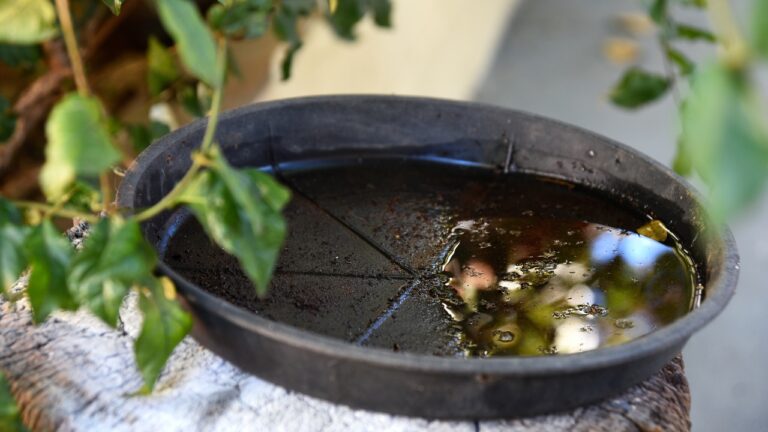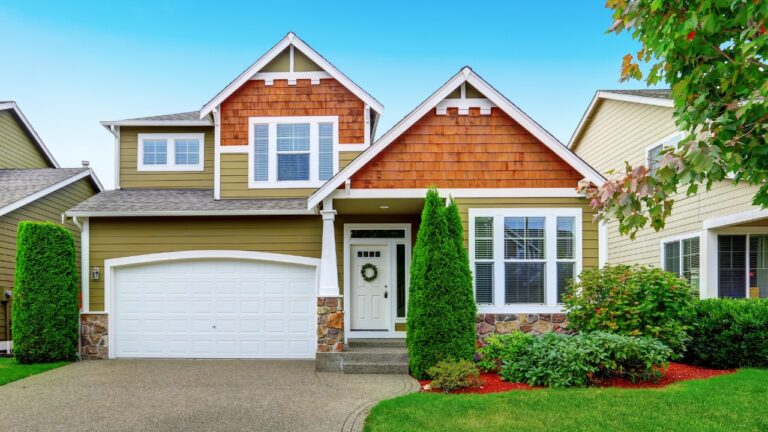12 garden setups that are way harder to maintain than they look
Some garden designs look gorgeous in magazines but come with maintenance headaches once you try them yourself. The layouts may seem easy at first, but they quickly turn into hours of upkeep. If you’re looking for a garden that’s manageable, these are setups you’ll want to think twice about before committing.
Formal Boxwood Borders

Neat boxwood hedges frame a garden beautifully, but they demand constant pruning. Without trimming, they lose shape fast and look messy.
They’re also prone to disease and pests, which means extra monitoring and treatments. What looks timeless in photos can become an ongoing chore in reality.
Large Rose Gardens

Roses are stunning, but they’re also needy. They require regular feeding, pruning, and protection from pests and mildew.
Unless you have hours each week to dedicate, a rose-heavy garden will quickly show neglect. A few bushes are manageable, but sprawling rose beds are high-maintenance.
Gravel Walkways

Gravel paths look charming at first, but weeds creep through constantly. Even with a barrier underneath, seeds blow in and sprout, leaving you with endless pulling or spraying.
The gravel itself also shifts and thins over time, meaning you’ll be topping it up often to keep the path looking fresh.
Water Features

Small ponds or fountains bring life to a garden, but they’re not low-maintenance. Pumps need cleaning, algae builds up, and water levels must be monitored.
Neglect them for even a week or two, and they can become slimy or a mosquito breeding ground. They look relaxing, but keeping them that way takes work.
Vegetable Beds Without Planning

Planting vegetables without a rotation or spacing plan seems easy, but it backfires. Crowded plants invite pests and disease, and poor crop rotation depletes soil fast.
To keep them healthy, you’ll spend time staking, pruning, and moving crops year to year. It’s rewarding, but it’s not the carefree setup it may seem.
Wildflower Meadows

The idea of tossing out seed and getting an effortless meadow is tempting. But in practice, weeds quickly mix in and overtake true wildflowers.
Managing a wildflower garden requires reseeding, weeding, and mowing to keep it balanced. Without care, it often looks more weedy than intentional.
Vertical Gardens

Wall-mounted gardens and stacked planters look trendy but dry out quickly. They need daily watering and careful fertilizing to thrive.
Miss even a few days, and you’ll see drooping or dying plants. They’re eye-catching, but they aren’t the low-maintenance solution they appear to be.
Lawns With Flower Islands

Breaking up your yard with flower “islands” adds interest, but mowing around them becomes tedious. Each island means more trimming and edging.
They also need consistent mulching and weeding to stay attractive, which adds up fast if you have several scattered through the yard.
Topiary Designs

Shaped bushes and trees create dramatic garden statements, but they require constant attention to hold form. Skipping even a few trims leaves them lopsided.
Maintaining crisp lines means hours of clipping through the growing season. They’re impressive, but far from easy.
Raised Beds Without Borders

Raised beds are great, but without sturdy borders, soil spills and weeds creep in. You’ll spend extra time reshaping edges and fighting grass invasions.
Adding proper frames upfront saves hours later. Without them, “easy” beds quickly turn into a maintenance headache.
Container Gardens Everywhere

Containers give flexibility, but they need frequent watering and fertilizing since soil dries out quickly. Dozens of pots scattered around the yard mean a daily routine of care.
They also require repotting as plants grow. A few containers are fun, but relying on them for your whole garden is high-maintenance.
Mixed Planting Beds

Beds packed with many plant varieties look lush, but keeping them balanced takes work. Some grow faster and crowd out others, leading to constant dividing and cutting back.
If not managed, they become overrun and messy. A mix can look great, but it demands more attention than a straightforward planting plan.
*This article was developed with AI-powered tools and has been carefully reviewed by our editors.







